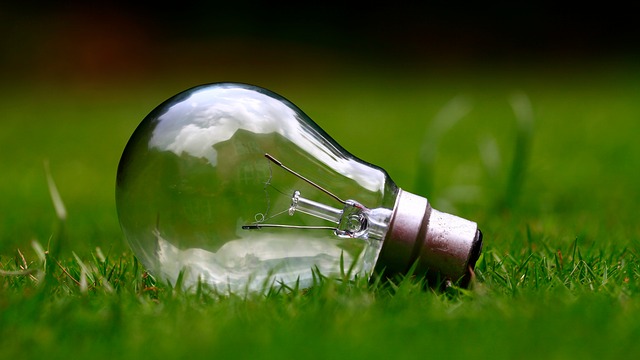 A new report by the Energy Saving Trust shows heat pump installations are the most commonly used renewable technology installed by Local Authorities and Housing Associations in Scotland. The findings demonstrate that heat pump installations are an important part of the government’s strategy to build renewable energy capacity, outstripping biomass, wind and solar PV in several Local Authorities.
A new report by the Energy Saving Trust shows heat pump installations are the most commonly used renewable technology installed by Local Authorities and Housing Associations in Scotland. The findings demonstrate that heat pump installations are an important part of the government’s strategy to build renewable energy capacity, outstripping biomass, wind and solar PV in several Local Authorities.
The report, published in December 2016, looks at the progress made towards the Scottish Government target of renewable energy owned by the local community providing an operational capacity of 500 MW by 2020. The target has already been exceeded, with 595 MW (sufficient to run approximately 300,000 homes) available as of 30 June 2016. This means the target has already been smashed by a whopping 19%.
The previous year, according to a report published in September 2015, the operating capacity was at 508 MW. At this rate of growth (almost 90 MW in 15 months) the original target would be blown out of the water by 2020, which has caused the powers that be to rethink the targets and aim a little higher.
Progress has been so impressive that Scottish Government are looking to introduce an even more ambitious target of 1 GW (1,000 MW) of community and locally owned renewable energy to be operational by 2020 and 2 GW (2,000 MW) by 2030. To put this into context, the recently closed Longannet Power Station had a generating capacity of 2,400 MW, which was the highest of any power station in Scotland.
Is doubling the target to 1 GW pushing things a bit too much? Only time will tell, but the indications at this stage are that is it very doable indeed. The evidence for this is well documented, with the development of an additional 490 MW of community or locally owned operating capacity already off the blocks and running down the track. 321 MW of this operating capacity has planning consent in place but site works have not begun, and 56 MW is already under construction as of 30 June 2016.
In its report, the Energy Saving Trust goes into detail about the factors contributing to the impressive progress towards the renewables target. South Lanarkshire is the Local Authority area with the highest number of operational heat pumps (1,360), as well as the highest operational capacity (9 MW). West Dunbartonshire and Moray are also worth a mention with 4 MW and 3 MW a piece.
It is important to bear in mind that further development of heat pump capacity is just one part of the strategy we need to implement in order to improve our green energy production. Just as important is the pursuit of other renewable technologies, such as solar PV (which has come a long way in recent years and is much more affordable these days), wind and biomass.
Reduction of heat demand through improvements to the energy efficiency of our buildings and through behavioural changes are another key plank of the strategy and must be fully exploited to gain the maximum benefit.
It is safe to say that the current Holyrood administration is fully committed to advancing the cause of green energy in Scotland. The ambitious targets and support that is available have clearly helped to deliver some serious momentum in the renewables sector and this is set to go from strength to strength in the future.
We will see the Scottish Government’s draft energy strategy when it is published this year. I’ll be giving it careful read and will let you know my thoughts once I’ve had a chance to reflect on it. The strategy is expected to set out a long term vision for Scotland’s energy until 2050.
Ahead of the publication of the strategy, the environmental trade association, Scottish Renewables, has floated the idea of having a target of half Scotland’s energy generated from renewables by 2030. Ambitious? Yes. Doable? Maybe.
According to a spokesperson for Scottish Renewables, the renewable industry is already providing sufficient power to supply about 57% of the electricity used in Scotland. The organisation thinks that a target of 50% of the total amount of energy to come from renewables by 2030 would help us keep building up the financial and environmental benefits that the renewables industry is delivering today.
With the decline of Scotland’s oil industry, heat pump renewable energy, and the rising popularity of heat pump installations in Scotland could become an important industry for providing jobs and generating wealth – as well as energy – in the Scotland of the future.
I hope so anyway.